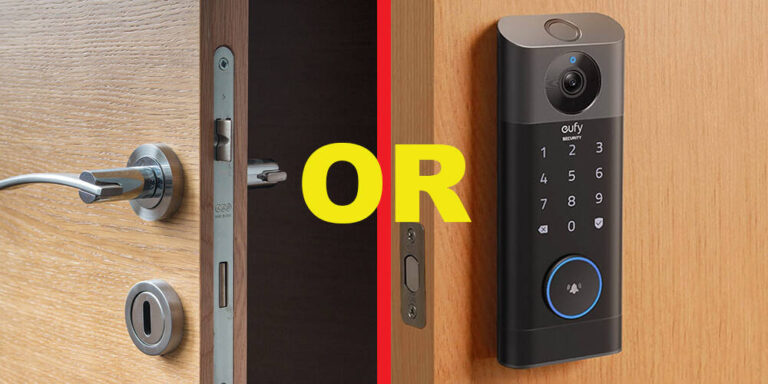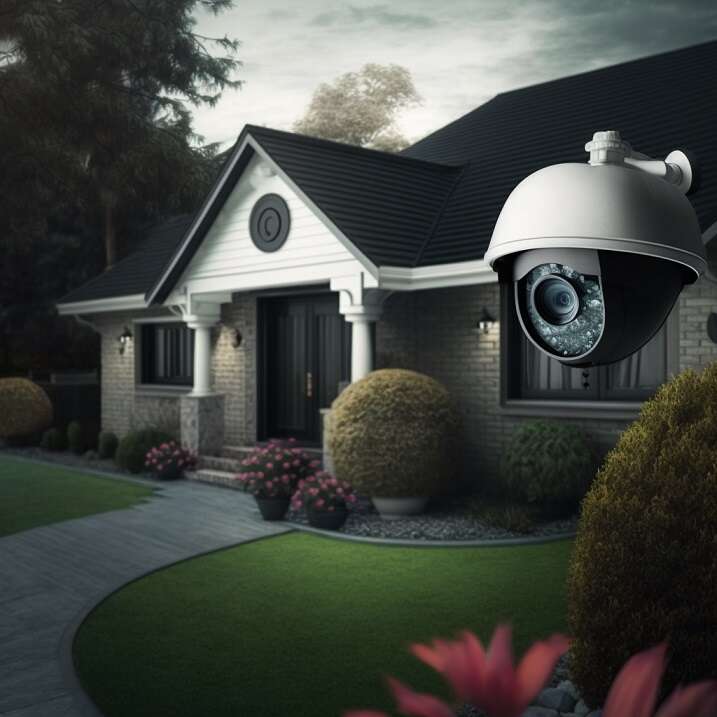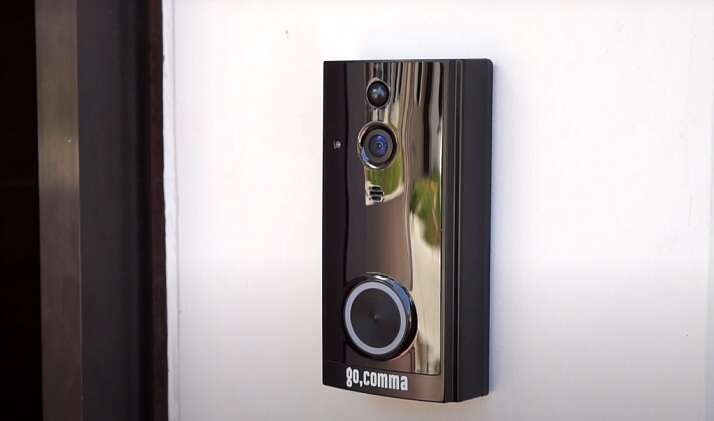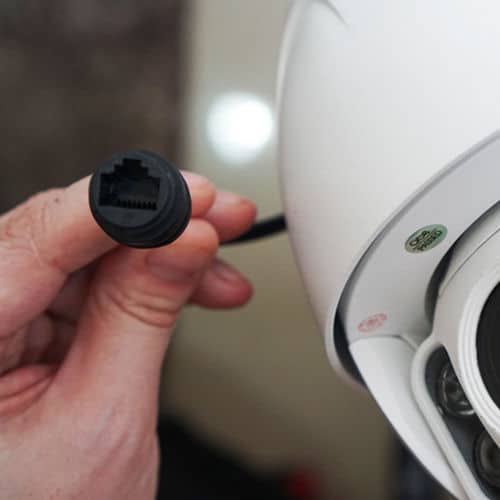10 Factors to Consider When Determining the Safety of Your Neighborhood
There are sadly very few areas that are truly crime free these days although some are much safer than others. If you are not familiar with the area, it is often difficult to determine whether an area is one of the safer areas or one where you wouldn’t walk home alone at night.
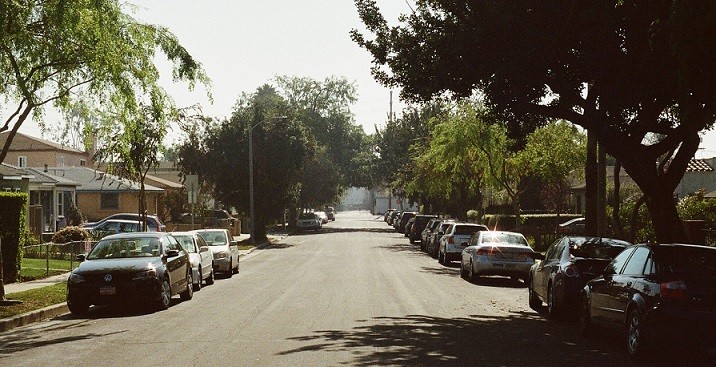
You do not want to end up somewhere you have to lock yourself indoors all the time and cannot go for a walk or let the kids play in the street. You want to find a place where you can enjoy a good quality of life.
If you are looking to move to a new area or possibly set up a business there, here are a few ways you can find out before it is too late.
1. Crime statistics
In the past, it was difficult to get accurate or up to date crime statistics for an area. Police crime statistics also seldom give the full story. Thanks to the internet and social media, this is now a lot easier and more accurate.
Try the following online resources:
MyLocalCrime.com
CrimeReports.com
SpotCrime.com
If you are a female or have children, you might also want to check the National Sex Offenders Public Website.
Another idea is to simply go to the local police station and talk to them. If you get a friendly person, they might be able to give you some first-hand information.
2. Drive or walk around the neighborhood
Simple observation can tell you a lot about a neighborhood. Vacant homes and storefronts, run down houses with messy yards, numerous properties for sale and a high number of homeless people (particularly in the summer months) are all indicators of a potentially unsafe area.
On the other hand, seeing people walking their dogs or children riding in the streets is often a positive sign. Well maintained yards are verges is also a good indicator.
3. Talk to people
Nothing beats speaking directly to residents of the area. You might have to speak to a few people to get a balanced perspective but they will be in a good position to tell you about the safety of the neighborhood.
4. Police presence
While it might seem reassuring at first if you see a large police presence in the area, there must be a reason for it. The police will allocate their resources where they are needed most and if you see them quite a bit, chances are they are there because of crime.
5. Neighborhood watch
Although the presence of a neighborhood watch indicates that there is crime in the area it also means that the residents are taking proactive measures to combat it. Most of these organizations are effective in reducing the crime rate and making the area safer.
6. Shop types
Although not a hard and fast rule, a good neighborhood will generally have more family restaurants, coffee shops, fresh produce and grocery shops and bookstores whereas less savory areas have predominantly loan shops and pawn shops.
7. Condition of the streets
The general condition of the streets and the verges give some indication of the area. Unsafe areas tend to have long grass growing on the side of the road, weeds in the gutter and lots of potholes. Tidy, well-maintained roads are normally a good sign.
Also look at the surrounding buildings for obvious abandoned buildings, broken windows and graffiti, all warning signs.
8. Traffic in residential areas
High traffic in a residential area, particularly at night, is often an indication of illegal activity. There might be a logical reason not related to crime so evaluate this carefully.
9. Many rented properties
Areas with higher rentals than home ownership tend to have more crime. Those are where the majority of houses are occupied by property owners are generally safer.
10. Neighborhood events
Areas that have high interaction between residents such as markets, barbecues and block parties tend to have a greater sense of community and are less likely to have a high crime rate.
You cannot take these points in isolation so if you see one or two abandoned buildings or a few police cars, do not assume the area is not safe.
Take your time and visit the neighborhood a few times, preferably at different times of the day and different days of the week. Look at a number of factors to determine the safety of the area, not just one or two.
To avoid any regrets and living like a prisoner in your home, take the time to find out as much about the area first. Remember that crime occurs everywhere and anywhere so always take the necessary precautions to safeguard yourself, your family and your property.


